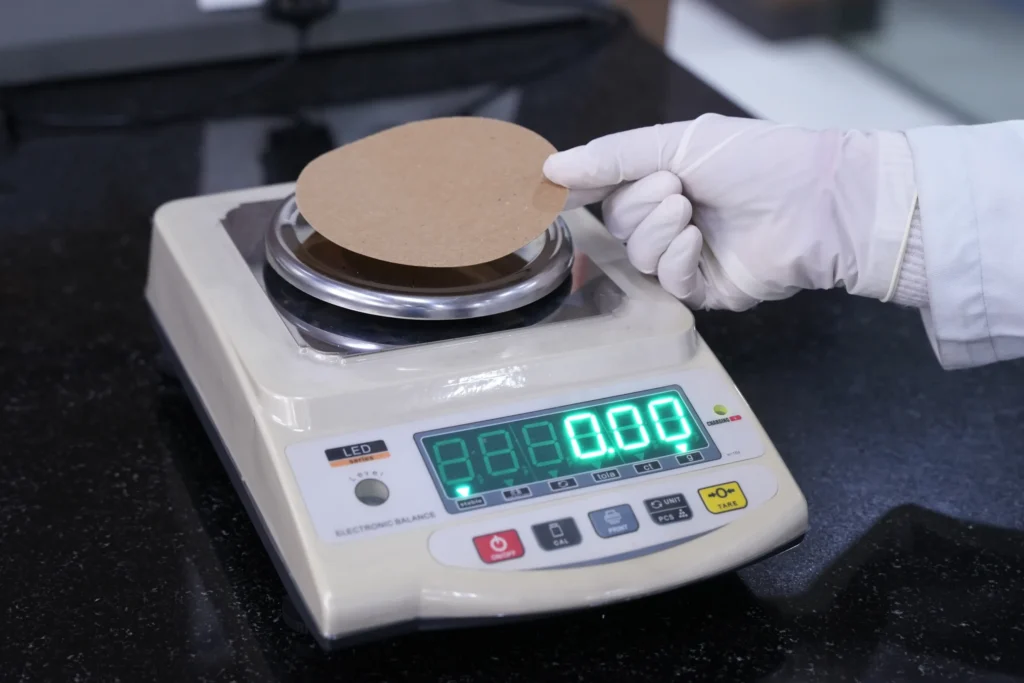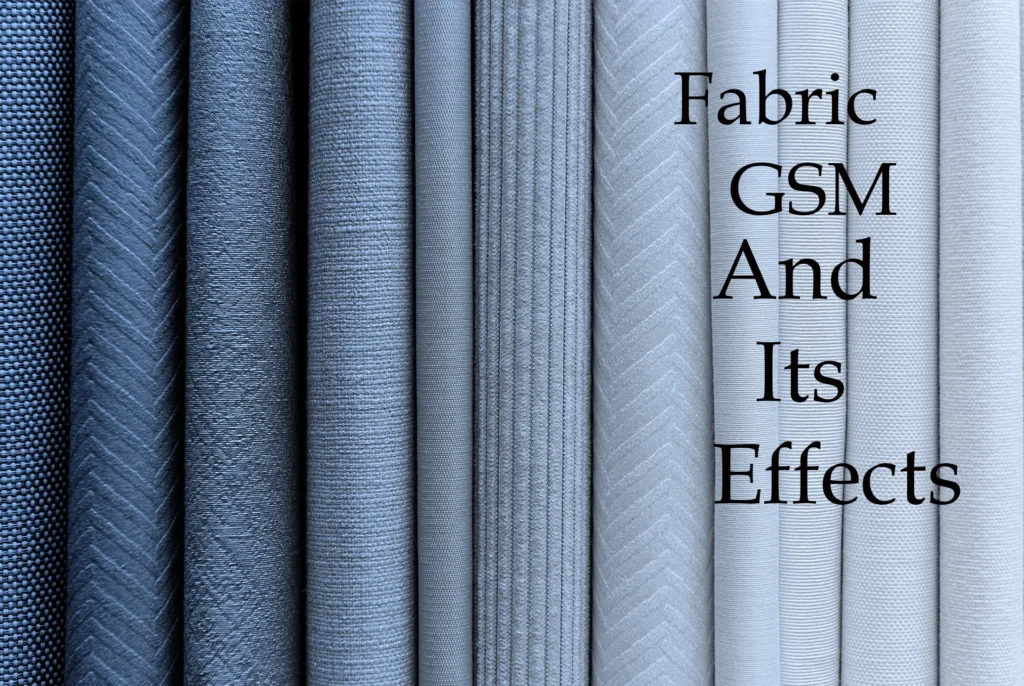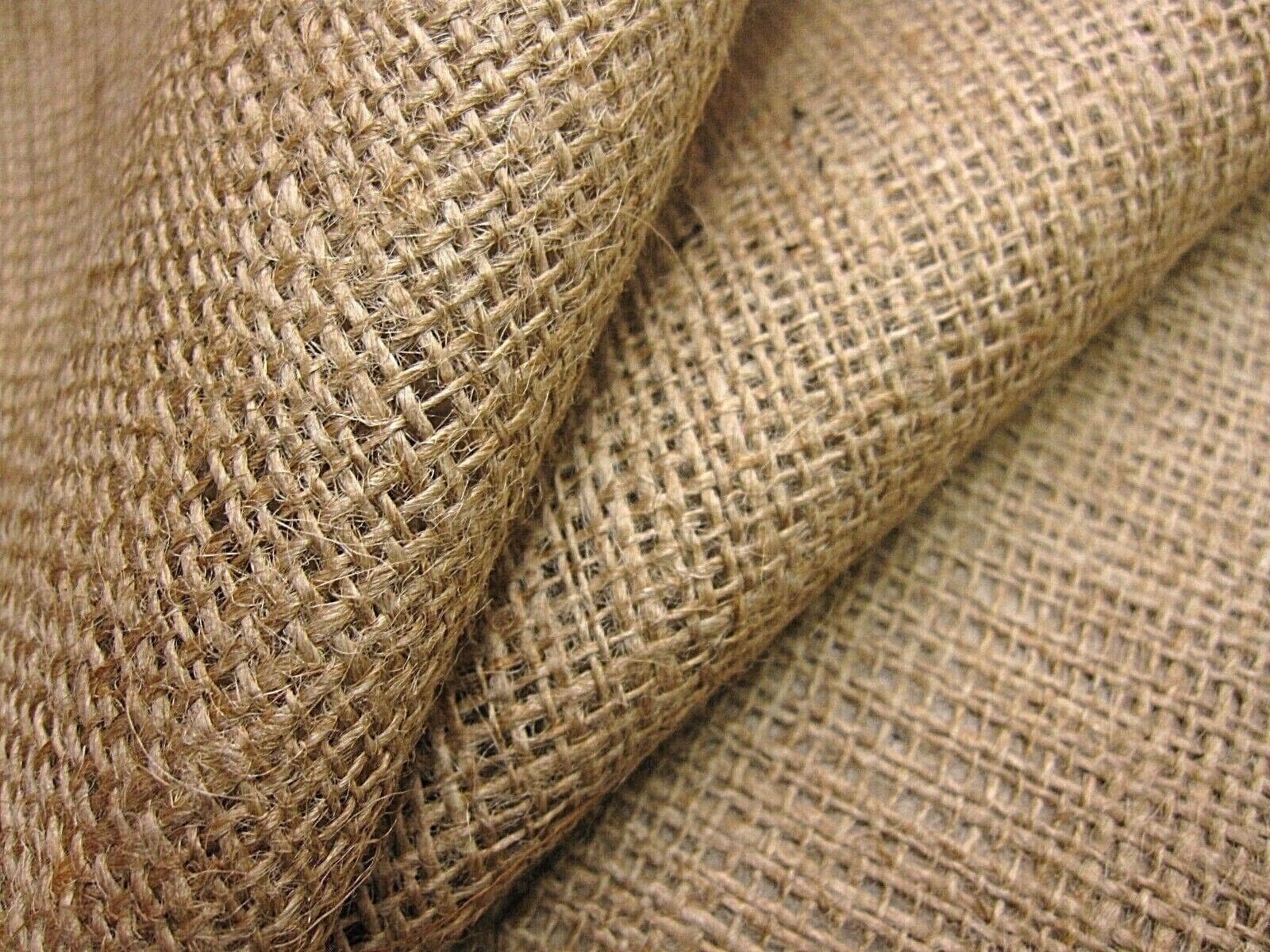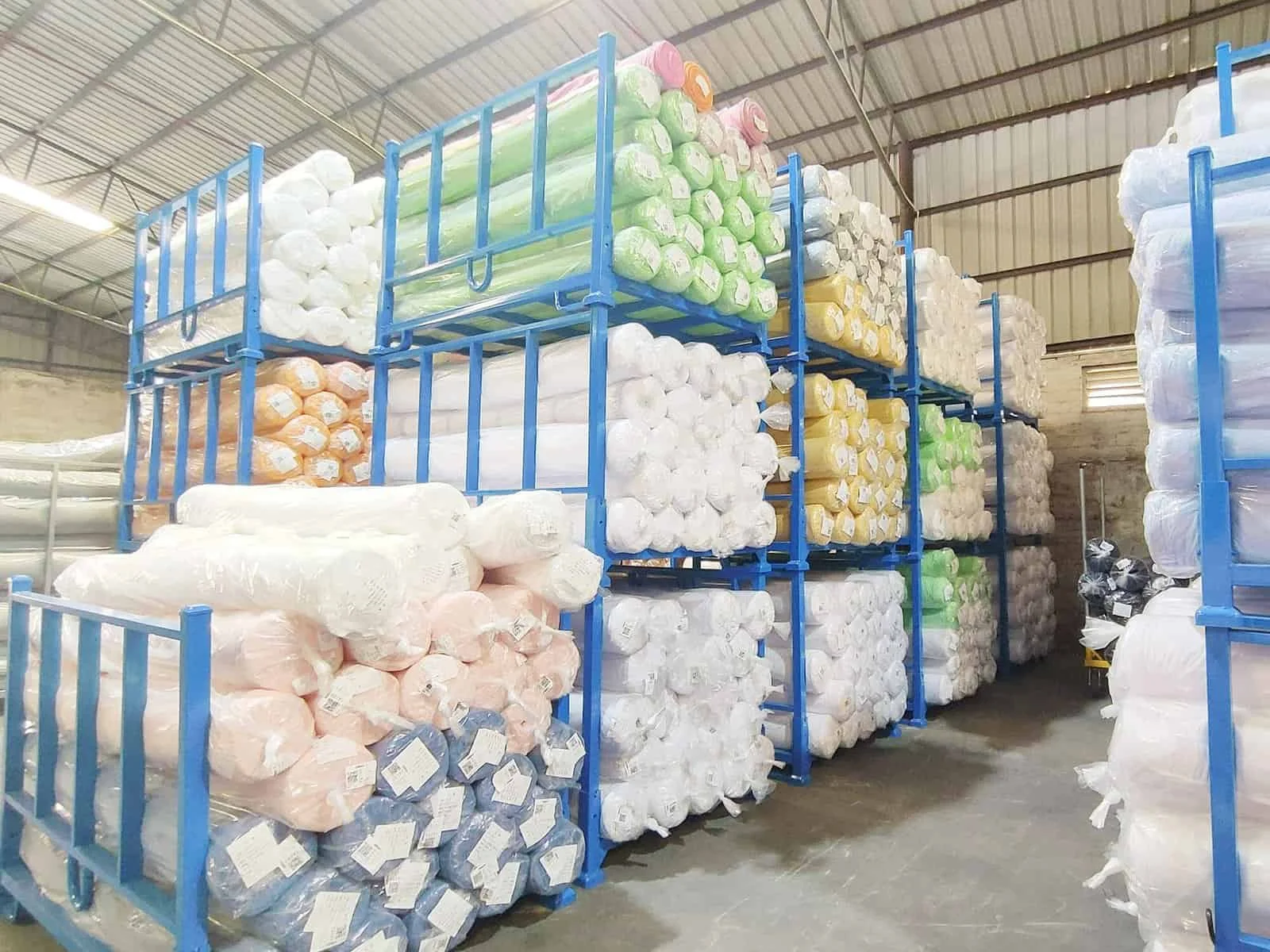Introduction: What Does GSM Mean in Fabric?
When buying clothes, storage bags, or even upholstery, you may have seen the term GSM listed in the product description. But what is GSM in fabric?
GSM stands for grams per square meter, which measures the weight and density of a fabric. It tells you how heavy or thick the fabric feels, regardless of the type of fiber.
Understanding GSM is essential because it affects:
Durability
Breathability
Comfort
Suitability for storage or apparel
How Is GSM in Fabric Calculated?
To measure GSM, fabric is cut into a specific size sample, weighed, and converted to grams per square meter.
Formula:
GSM = (Weight of fabric sample in grams ÷ Area of sample in square meters)
For example, a lightweight cotton voile might have 70 GSM, while denim could be 300–400 GSM.

Why GSM Matters in Fabric Selection
1. Durability and Strength
Higher GSM fabrics are denser and stronger, making them suitable for heavy-duty items like laundry bags, storage boxes, or jeans.
2. Comfort and Breathability
Lower GSM fabrics feel lighter and more breathable, ideal for summer clothing or delicate organizers.
3. Transparency
Fabrics with low GSM (like chiffon or voile) tend to be see-through, while high GSM fabrics (like canvas) are opaque.
4. Usage Suitability
Choosing the right GSM helps match fabric to its intended use—whether it’s clothing, upholstery, or storage.
GSM Categories: From Lightweight to Heavyweight
Lightweight (70–150 GSM): T-shirts, scarves, lightweight organizers
Medium weight (150–300 GSM): Shirts, dresses, bed linens, travel bags
Heavyweight (300+ GSM): Denim, upholstery, durable storage boxes
GSM in Clothing vs. Storage Products
Clothing
Low GSM: Flowy, breathable, casual wear
Medium GSM: Everyday shirts, chinos
High GSM: Jeans, jackets, outerwear
Storage and Home Products
Lightweight GSM: Fabric drawer dividers, cosmetic pouches
Medium GSM: Travel organizers, wardrobe hanging bags
Heavy GSM: Laundry bags, collapsible storage boxes, under-bed organizers

How to Choose the Right GSM
Think about usage – Is it for daily wear, storage, or décor?
Check durability – Higher GSM lasts longer under heavy use.
Consider climate – Low GSM is better for summer, high GSM for colder weather.
Balance weight and flexibility – Too heavy may be stiff; too light may lack structure.
GSM and Fabric Types
Cotton – Wide range (70–300 GSM), from T-shirts to denim
Polyester – Lightweight, strong at lower GSM
Canvas – Typically 250–400 GSM, great for bags and organizers
Wool – Medium to heavy GSM, for warmth and structure
FAQ: What Is GSM in Fabric?
Q: Does higher GSM mean better quality?
Not always. It means heavier and denser, but not automatically better—it depends on the intended use.
Q: What GSM is best for T-shirts?
Typically 150–200 GSM for comfort and durability.
Q: What GSM is good for storage boxes?
Usually 250–400 GSM for strength and sturdiness.
Q: Is GSM the same as thickness?
No, thickness and GSM are related but not identical. Some fabrics can be thick but light.
Q: Can I wash high GSM fabrics easily?
Yes, but they may take longer to dry compared to low GSM fabrics.
Conclusion: GSM as Your Fabric Guide
So, what is GSM in fabric? It’s the measure of fabric weight and density that directly influences comfort, durability, and usage.
When you choose a lightweight fabric, you get breathability. With a heavyweight fabric, you get structure and strength. That’s why GSM is so important for both fashion and home products.
For example, a high GSM storage box will last longer and keep its shape better than a low GSM one. Whether you’re shopping for clothes or home organizers, GSM helps you make the best decision.





